The core of the ribbon slitting machine to achieve efficient slitting lies in the combination of precise control, automation technology and intelligent design, the following is a detailed functional analysis of its efficient operation:
1. High-precision slitting control
• Servo drive system: Servo motor with high-precision ball screw is used to ensure that the moving accuracy of the slitting turret can reach ±0.1mm, and avoid burrs or deviations on the edge of the ribbon.
• Tension closed-loop control: Adjust the unwinding/rewinding tension in real time (usually controlled in the range of 2~10N) through magnetic particle brake or pneumatic brake to prevent material stretch deformation or wrinkles.
• Dynamic correction system: the photoelectric sensor detects the edge position of the ribbon, and cooperates with the PLC to control the correction mechanism (response time< 0.1 seconds) to ensure that the material does not deviate during the slitting process.
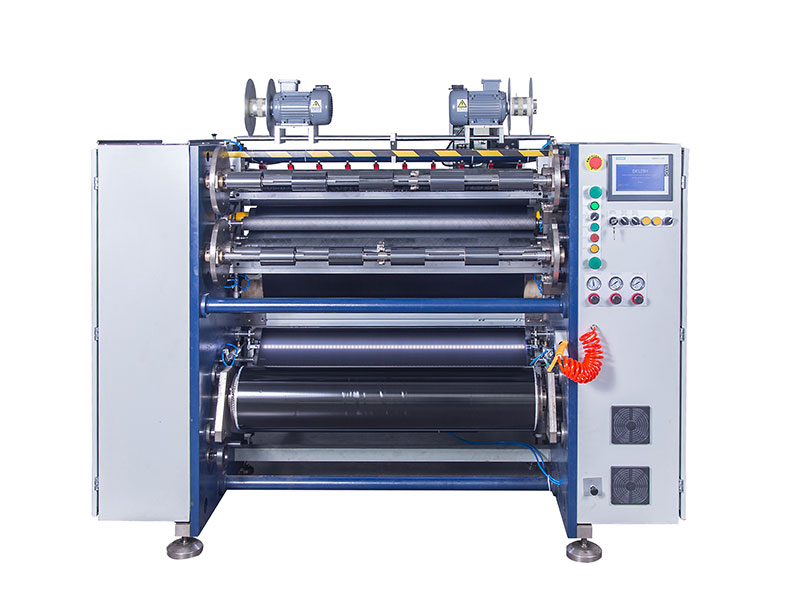
2. Automation function design
• Automatic tool change technology: The round blade or flat knife group is equipped with a quick change module, the tool change time can be shortened to 30 seconds, and it supports the slitting needs of different widths (such as 3mm~80mm).
• Intelligent fixed-length slitting: the length of the material is measured by the encoder, and the machine will automatically stop after reaching the set value (such as 1000m), with an error of <0.5%.
• Self-adaptation of the winding diameter: the winding shaft adopts frequency conversion speed regulation, which automatically reduces the speed with the increase of the winding diameter to keep the linear speed constant (such as 30m/min).
3. Efficient tooling system
• Multi-head collaboration: Equipped with 8~12 sets of independent tool holders, it supports simultaneous slitting of multiple ribbons (e.g., slitting 1.2m wide original rolls into 10 12mm narrow strips).
• Tool material optimization: carbide or ceramic-coated inserts can last more than 500 hours, reducing the number of downtimes for sharpening.
• Laser tool setting technology (high-end model): the blade position is calibrated by laser with an accuracy of ±0.02mm.
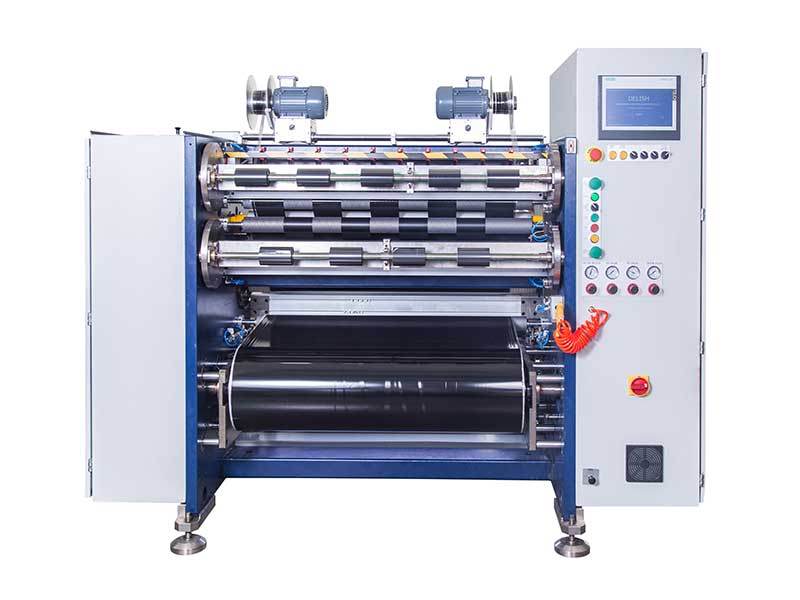
4. Intelligent management
• HMI HMI: The touch screen presets the slitting parameters (width, length, tension, etc.), and supports the storage of more than 100 sets of process recipes.
• IoT monitoring: real-time upload data such as slitting speed and fault alarm to the MES system to achieve remote diagnosis (such as tool wear warning).
• Visual inspection system (optional): CCD camera detects the edge quality of the ribbon after slitting, and automatically rejects unqualified products.
5. Energy-saving and safety design
• Energy-saving mode: Standby power consumption < 500W, which saves 20%~30% energy compared with traditional models.
• Safety protection: equipped with grating emergency stop (response time 4ms), blade guard, etc., in line with CE safety standards.
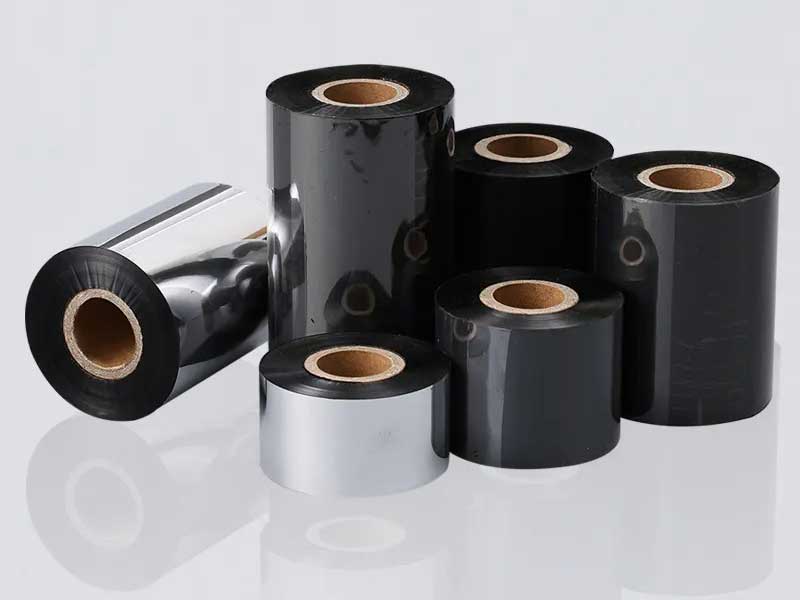
An example of a typical efficient slitting process
1. Feeding: Load the original roll of the 1.5m wide ribbon into the unwinding reel and automatically align it.
2. Parameter setting: input slitting width (15mm×10 strips) and length (2000m/roll).
3. Automatic slitting: The equipment completes slitting according to the set parameters, and the rewinding uniformity reaches more than 98%.
4. Unloading: Pneumatic thimble device quickly unloads the finished roll.
Industry application data
• Efficiency comparison: The traditional slitting machine can process 200~300m per hour, and the high-efficiency model can reach 800~1200m.
• Scrap rate: from the traditional 5% to less than 0.8%.
Through the integration of the above technologies, the modern ribbon slitting machine can achieve 24-hour continuous and efficient production, which is suitable for label printing, electronic die-cutting and other fields with strict precision requirements. When selecting the equipment, it is necessary to adjust the parameters according to the material of the ribbon (polyester/wax/hybrid) to further optimize the effect.



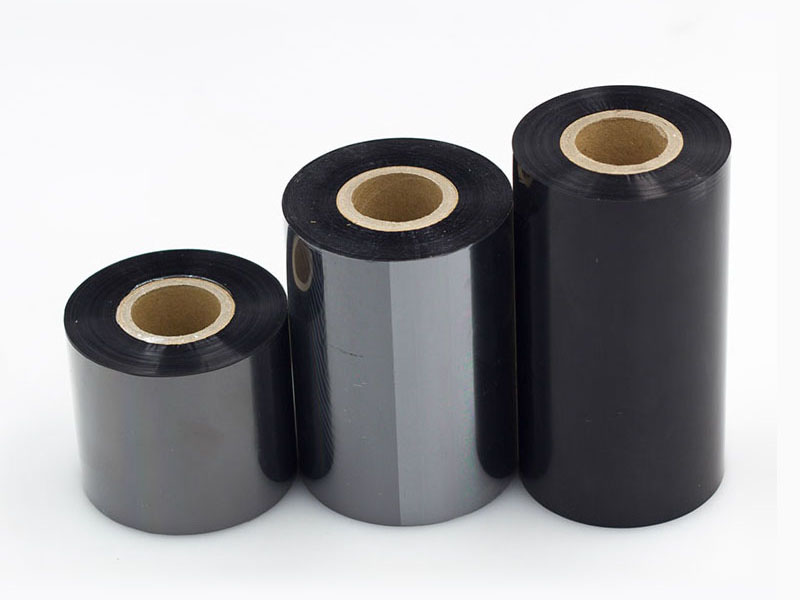
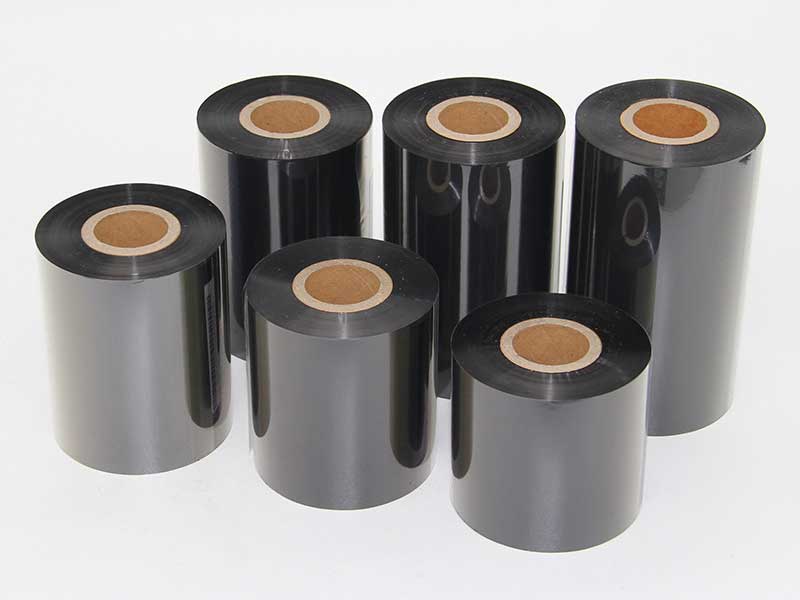
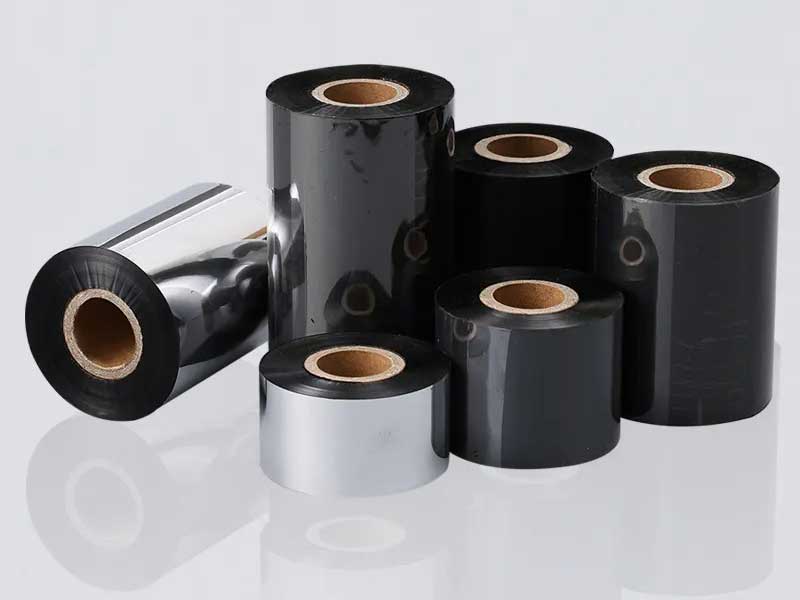
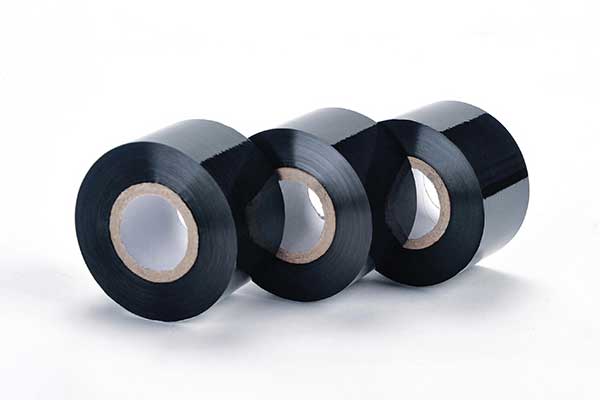
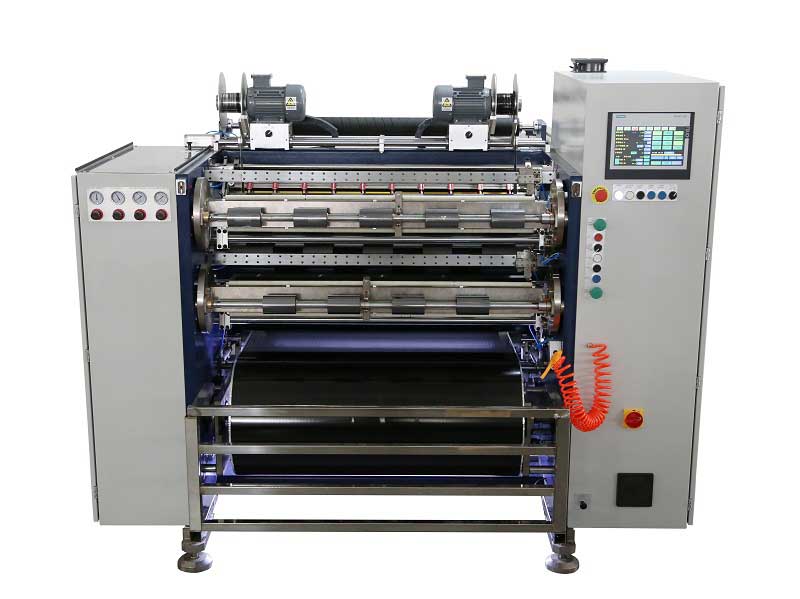 Automatic Thermal Transfer Ribbon Slitting Machine RSDS8 H PLUS
Automatic Thermal Transfer Ribbon Slitting Machine RSDS8 H PLUS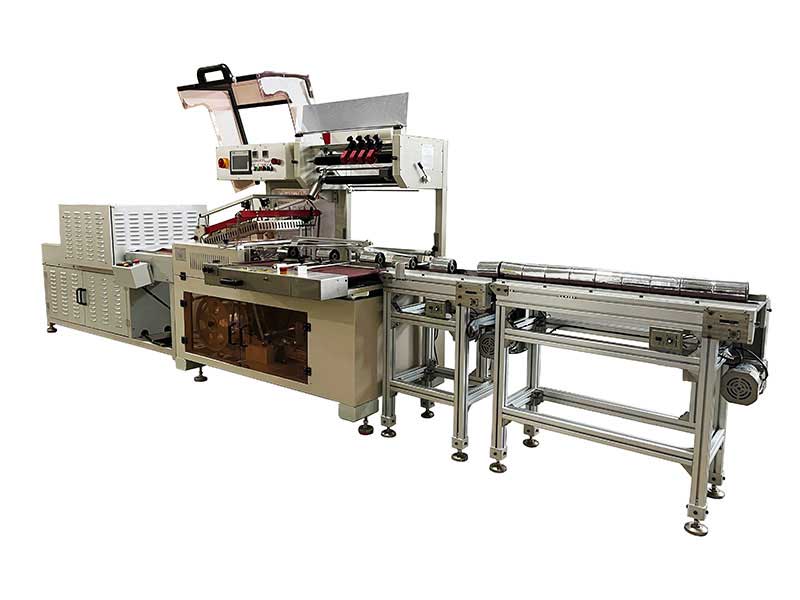 Thermal Transfer Ribbons Packaging Machine
Thermal Transfer Ribbons Packaging Machine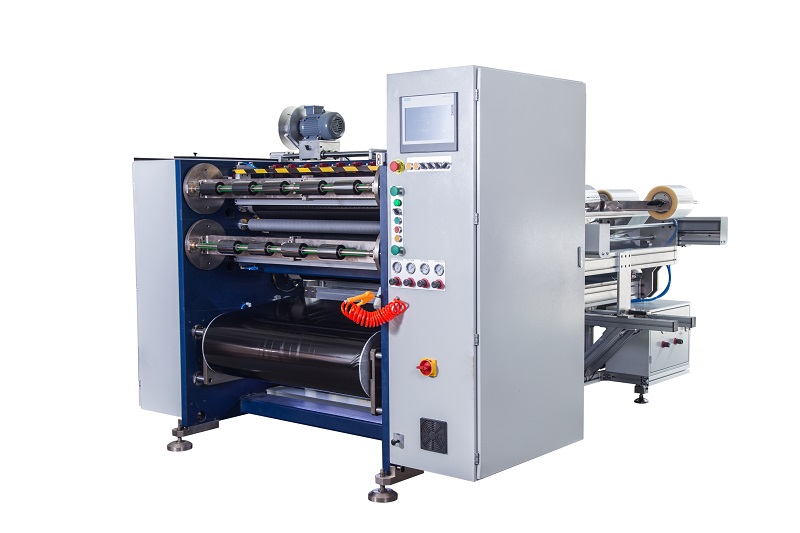 Semi Automatic Thermal Transfer Ribbon Slitting Machine RSDS5 PLUS
Semi Automatic Thermal Transfer Ribbon Slitting Machine RSDS5 PLUS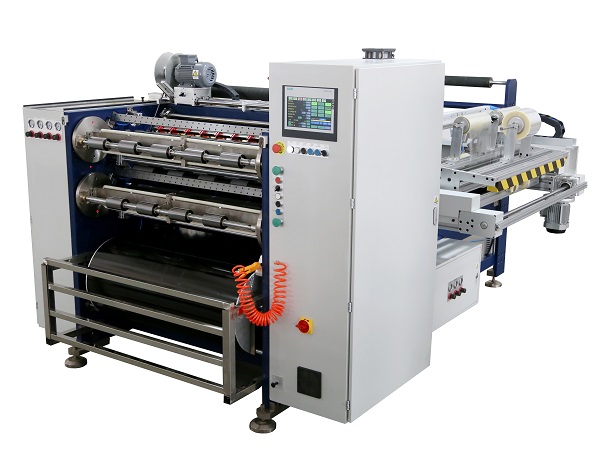 Automatic Thermal Transfer Ribbon Slitting Machine RSDS8 PLUS
Automatic Thermal Transfer Ribbon Slitting Machine RSDS8 PLUS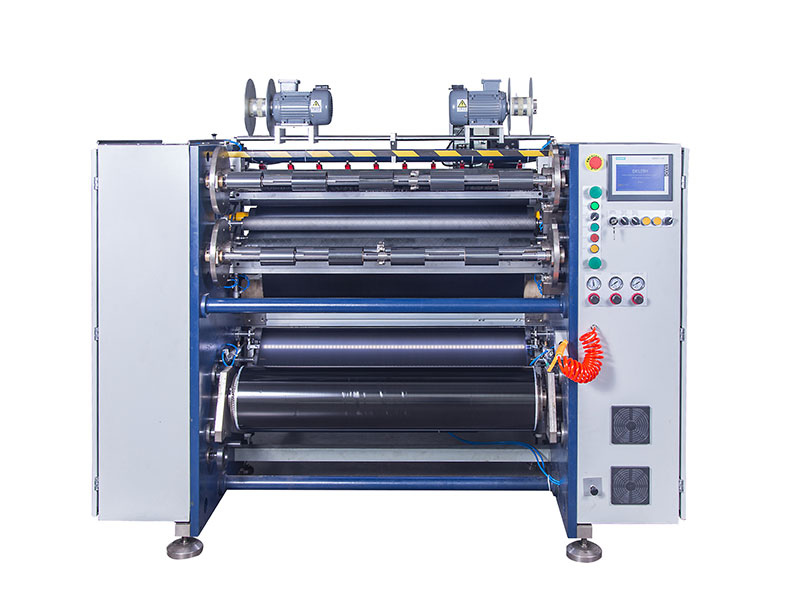 Ribbon Slitting Machine
Ribbon Slitting Machine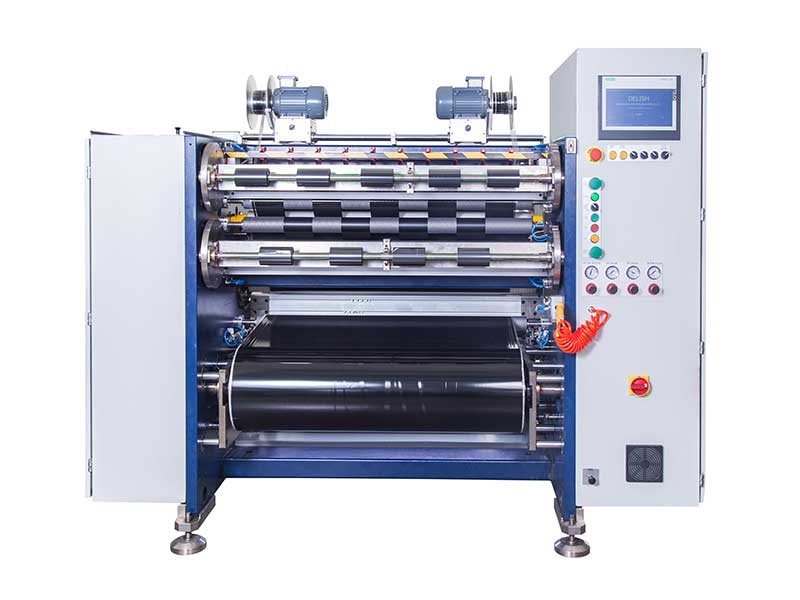 TTR Slitting Machine
TTR Slitting Machine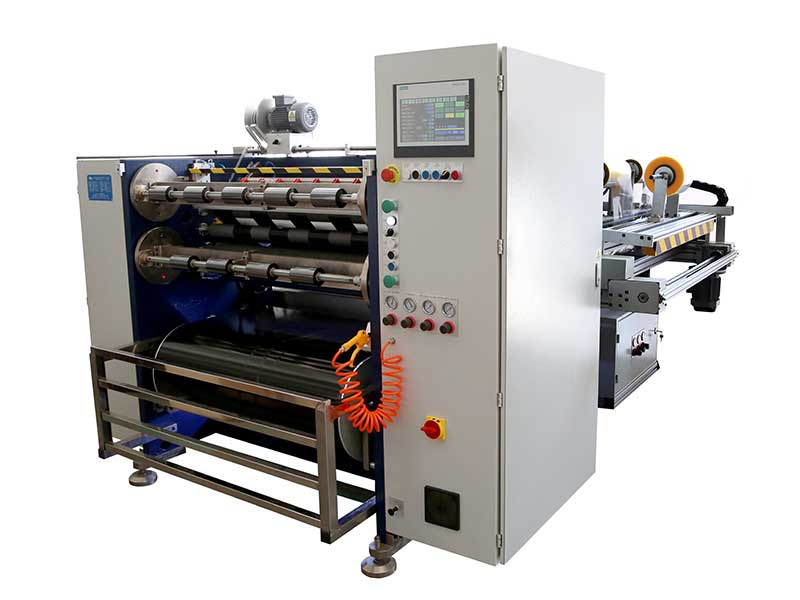 Automatic Thermal Transfer Ribbon Slitting Machine RSDS6 PLUS
Automatic Thermal Transfer Ribbon Slitting Machine RSDS6 PLUS

